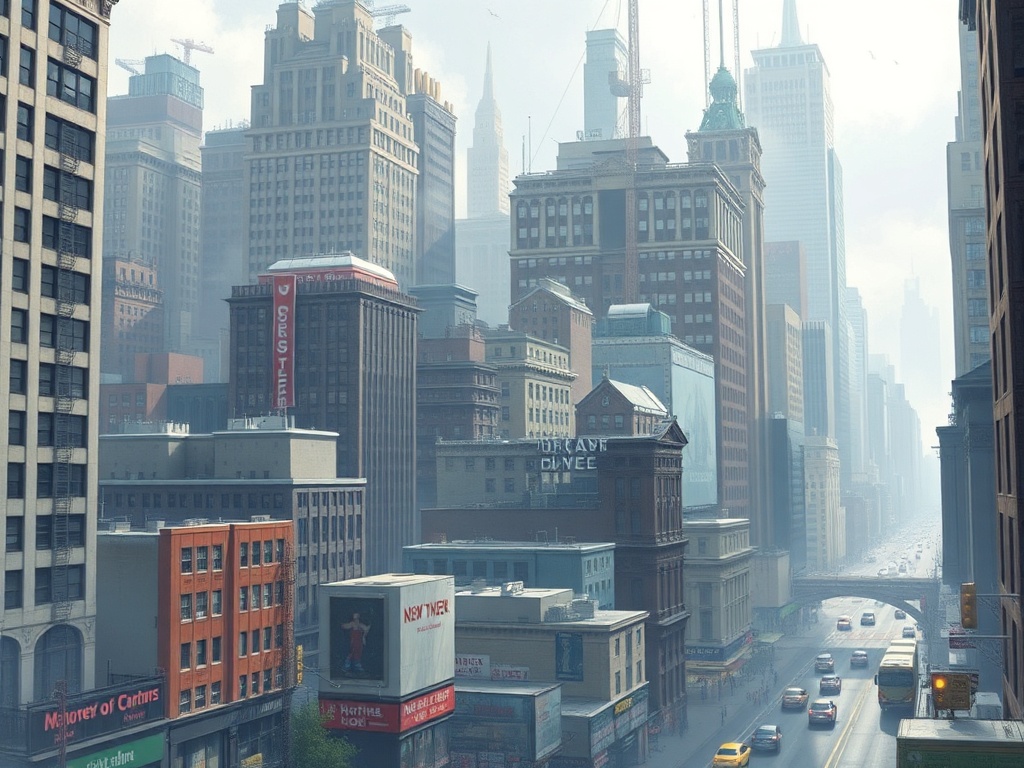New York City’s waterfront has transformed from industrial edge to one of the city’s most vibrant public assets. Once dominated by piers and warehouses, the shoreline now offers parks, cultural destinations, resilient infrastructure, and new ways to move around the city.
Whether you’re a visitor or longtime resident, exploring the waterfront reveals a mix of green space, great views, and forward-looking design.
What makes the waterfront special
The shift toward waterfront activation is driven by public space investments and a focus on climate resilience. Designers are combining recreation with practical flood protection—think promenades that double as sea walls and parks built to absorb storm surge.
These multi-use spaces prioritize accessibility, biodiversity, and neighborhood connection, turning formerly industrial areas into inviting places for jogging, picnicking, or watching the sunset.
Top waterfront places to visit
– Hudson River Park: Stretching along Manhattan’s west side, this linear park offers bike paths, recreation piers, and scenic overlooks.
It’s a great corridor for a long walk or a casual bike ride with skyline views.
– Brooklyn Bridge Park: Known for its lawns, sports fields, and sweeping views of Lower Manhattan and the bridges, the park is also home to seasonal programming and family-friendly attractions.
– East River Waterfront & South Street Seaport: The East River edge blends historic piers, maritime museums, and upgraded esplanades—perfect for a stroll followed by seafood at a nearby eatery.
– Governors Island: A short ferry ride away, the island is a calm escape with car-free paths, public art, and panoramic views of the harbor.
– Little Island and the High Line: Elevated parks that reimagine public space, these attractions combine art, landscaping, and unique sightlines across the water and city.
Getting around and practical tips
Ferries have become a popular way to move between boroughs while enjoying open-air views.
Citi Bike and other bike-share systems extend along many waterfront corridors, making it easy to cover longer distances. If you plan to bike, bring a lock and be mindful of bike-only lanes.
Visit early morning or late afternoon to avoid crowds and catch softer light for photos. Weekdays are quieter than weekends for popular piers and parks. Pack layers—waterfront conditions can be breezier than inland neighborhoods—and check for scheduled events that might affect access.

Why it matters
The waterfront’s evolution reflects a broader urban trend: creating resilient, multi-functional public spaces that serve environmental goals and community needs.
These projects often prioritize native plantings, habitat creation, and public programming that invites diverse use. For neighborhoods, waterfront revitalization has boosted local economies, encouraged active transportation, and expanded recreational options.
Make it part of your routine
Incorporate a waterfront walk into your daily routine—commutes that include a short riverside stretch feel fresher and more energizing. Explore different stretches across boroughs to compare design approaches and public amenities.
Whether you prefer a quiet riverside bench or a lively pier with food vendors and live music, the waterfront delivers a dynamic way to experience the city’s changing landscape.
For anyone looking to enjoy New York City from a different angle, the shoreline is a continuously evolving destination worth exploring again and again.